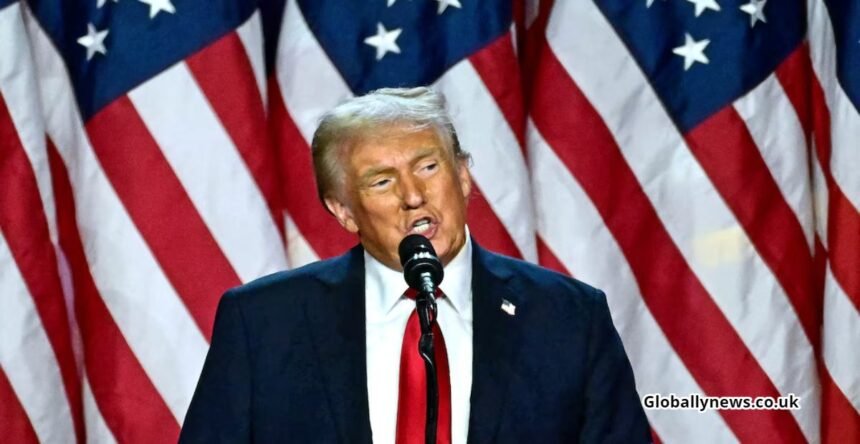Washington, D.C. – Former President Donald Trump’s “Drill, Baby, Drill” policy, which advocates for ramping up domestic oil production, has been a key part of his energy platform. The idea behind the strategy is simple: increase U.S. oil output to reduce gas prices and curb inflation. However, experts argue that this approach is unlikely to offer the immediate relief many expect.
Gas prices in the U.S. are primarily influenced by global oil markets, not just domestic production. While the U.S. is one of the world’s largest oil producers, global events—such as decisions made by OPEC, geopolitical tensions, and disruptions in global supply chains—play a significant role in determining fuel prices. “Even if the U.S. increases its production, the global market largely dictates oil prices,” says Dr. Emily Walters, an energy economist at the Brookings Institution. “Ramping up domestic production won’t shield Americans from price volatility caused by geopolitical conflicts or global supply shortages.”
Moreover, expanding drilling operations takes time. Opening new oil fields or increasing production in existing ones is a lengthy process that involves obtaining permits, conducting environmental reviews, and building necessary infrastructure. This means that even if drilling permits were expanded, it would take years for any new oil to come online and have a meaningful impact on gas prices. “We’re talking about a multi-year process,” explains Jake Thompson, a former energy advisor to the Department of Energy. “There’s simply no way that increasing drilling today will immediately translate to lower prices tomorrow.”
Even if U.S. oil production were to increase, the major oil companies have increasingly focused on maximizing profits rather than lowering prices for consumers. Oil companies prioritize exports, especially when global demand for oil remains high. This means that any additional domestic oil production could end up being sold to international markets rather than significantly lowering gas prices in the U.S. “Oil companies are more likely to export that extra oil to the highest bidder, particularly with global oil prices rising,” says industry analyst Rebecca Jensen. “The idea that more drilling will directly benefit consumers at the pump is a misconception.”
Additionally, inflation is driven by many factors, not just high gas prices. While fuel costs are a significant contributor, inflation also stems from issues such as supply chain disruptions, rising wages, and fiscal policies. “Inflation is driven by a combination of factors, not just fuel costs,” says David Mitchell. “A more comprehensive economic strategy is needed to tackle inflation in the long term.”
Finally, the energy landscape is shifting toward renewable energy. The U.S. and other countries are increasingly focusing on reducing their reliance on fossil fuels due to environmental concerns and technological advancements in renewable energy. “The future of energy is moving away from oil and gas,” says environmental expert Laura Garcia. “Policies that encourage drilling might provide short-term relief, but they don’t address the long-term need for cleaner, more sustainable energy sources.”
In conclusion, while Trump’s “Drill, Baby, Drill” strategy may appeal to those hoping for an immediate fix to high gas prices and inflation, experts agree that it is unlikely to provide quick or substantial relief. The complex factors driving gas prices and inflation require a more nuanced, long-term approach that goes beyond fossil fuel production. To effectively address these issues, a broader strategy that includes energy transition, market regulation, and economic reform will be necessary.
Stay tuned for more updates from the Globally News domain as the story develops.
